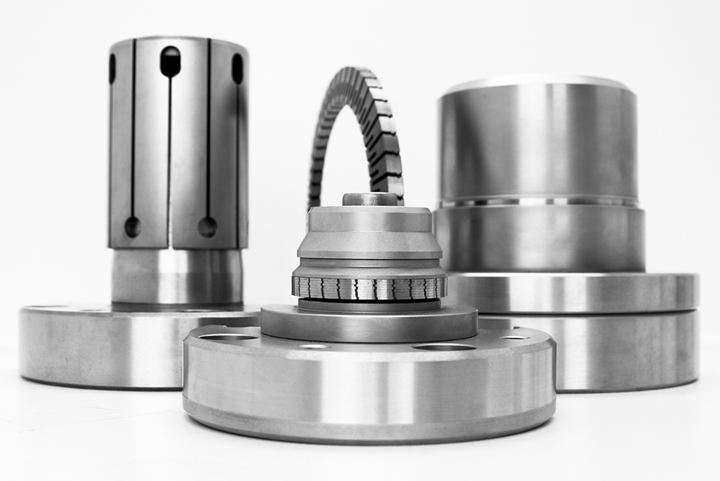Precision Workholding Solutions Provide Consistency
IMTS 22: Ringspann showcases a complete line of standard chucks and mandrels used in machining applications where rigidity and precision are required.
Share




Ringspann will exhibit its latest precision workholding solutions at IMTS 2022 in the West Hall, Level 3, Booth 431968.
Ringspann showcases a complete line of standard chucks and mandrels used in machining applications where rigidity and precision are required. Wherever parts with cylindrical internal or external surfaces are to be machined, these standard clamping fixtures made by Ringspann said to be are an ideal “interface” between the machine tool and workpiece.
Ringspann's current range includes standard series of ready-to-use flange chucks and mandrels and standardized clamping elements for clamping diameters from 7 mm to 560 mm. These systems reportedly feature a TIR (total indicator runout) of ≤10 µm.
Ringspann adds precision and rigidity because the workpieces are automatically centered, pulled against the locating surface and thus seated precisely. Ringspann says its workholding consistently clamp the entire circumference of the workpiece and rule out any eccentric deformation.
Ringspann is said to be ideal for short clamping lengths, high workpiece tolerances, high loading in clearance and extended insertion depths. Ringspann’s range of products is suitable for an extensive range of applications in the automotive and gear manufacturing or aerospace industries.
Related Content
-
Prioritizing Workholding Density Versus Simplicity
Determining whether to use high-density fixtures or to simplify workholding requires a deeper look into the details of your parts and processes.
-
Custom Workholding Shaves Days From Medical Part Setup Times
Custom workholding enabled Resolve Surgical Technologies to place all sizes of one trauma part onto a single machine — and cut days from the setup times.
-
Medical Shop Performs Lights-Out Production in Five-Axes
Moving to five-axis machining enabled this shop to dramatically reduce setup time and increase lights-out capacity, but success relied on the right combination of workholding and automation.


























